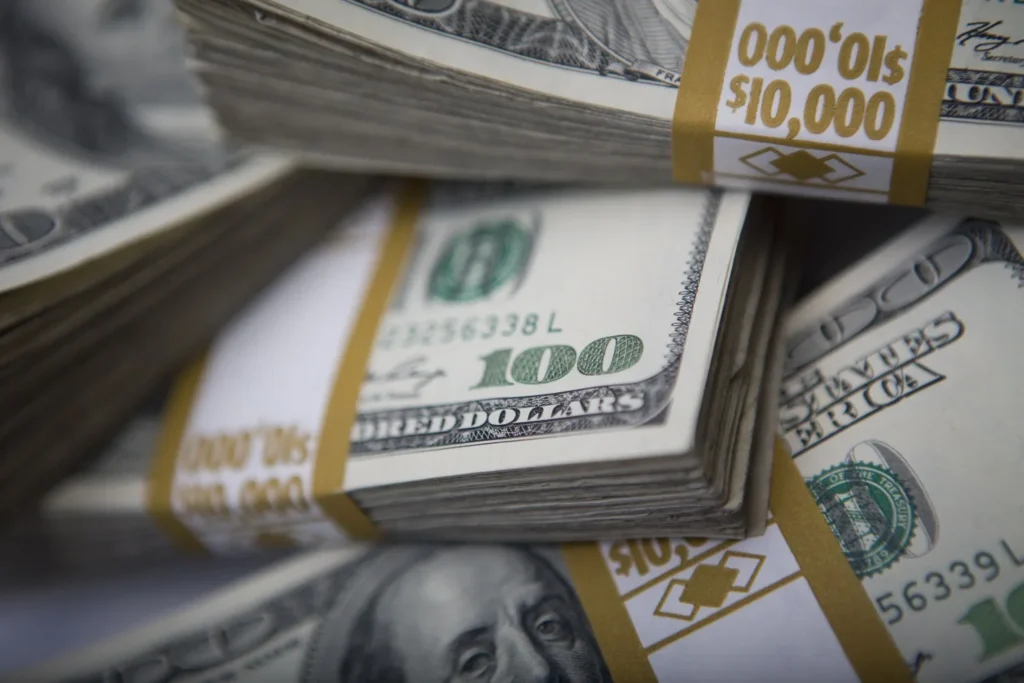NEW YORK (Realist English). Investors who have benefitted from higher yields on cash parked in money market funds and high-yield savings accounts now face a turning point as the Federal Reserve prepares to cut interest rates.
Assets in US money market funds have swelled to a record $7.6 trillion, according to Crane Data, offering investors risk-free returns above 4% annually in recent months. But rate cuts — expected to begin next week, possibly by 50 basis points — will gradually erode those yields, raising questions about whether investors will shift into riskier assets.
On Wall Street, the long-standing “wall of cash” theory — which claims that falling rates could unleash a flood of money into equities and spark a fresh rally — is resurfacing. Yet critics note the idea has been “debunked as often as it has been floated.”
“Rates matter, but much less than most people believe,” said Peter Crane, head of Crane Data. He noted that in the 52-year history of money market funds, assets have only declined meaningfully during economic crises, when rates were cut to zero after the dotcom bust and the global financial crisis.
The Fed’s policy pivot comes amid weakening labor market data and still-persistent inflation, with the central bank under pressure to act before unemployment rises further. “The payrolls data cinches the case for a rate cut,” said Shelly Antoniewicz, chief economist at the Investment Company Institute, adding that future moves will remain data-dependent.
While some analysts expect a gradual reallocation into equities and bonds as yields fall, the bulk of money market assets — around 60% institutional, according to Crane — are unlikely to move. He estimates perhaps 10% might shift, but not enough to transform markets.
Even if average yields slip to 3%, money market funds would still outpace most bank deposits, which pay closer to 0.5%. “The $7 trillion is not going anywhere but up,” Crane said.
For investors seeking alternatives, strategists point to Treasury ETFs, “bond ladder” products to manage duration risk, or selective equity exposure outside the dominant US tech sector. But, as Todd Sohn of Strategas Asset Management noted, much depends on risk appetite: “Perhaps you are risk averse and just want to keep it there.”
